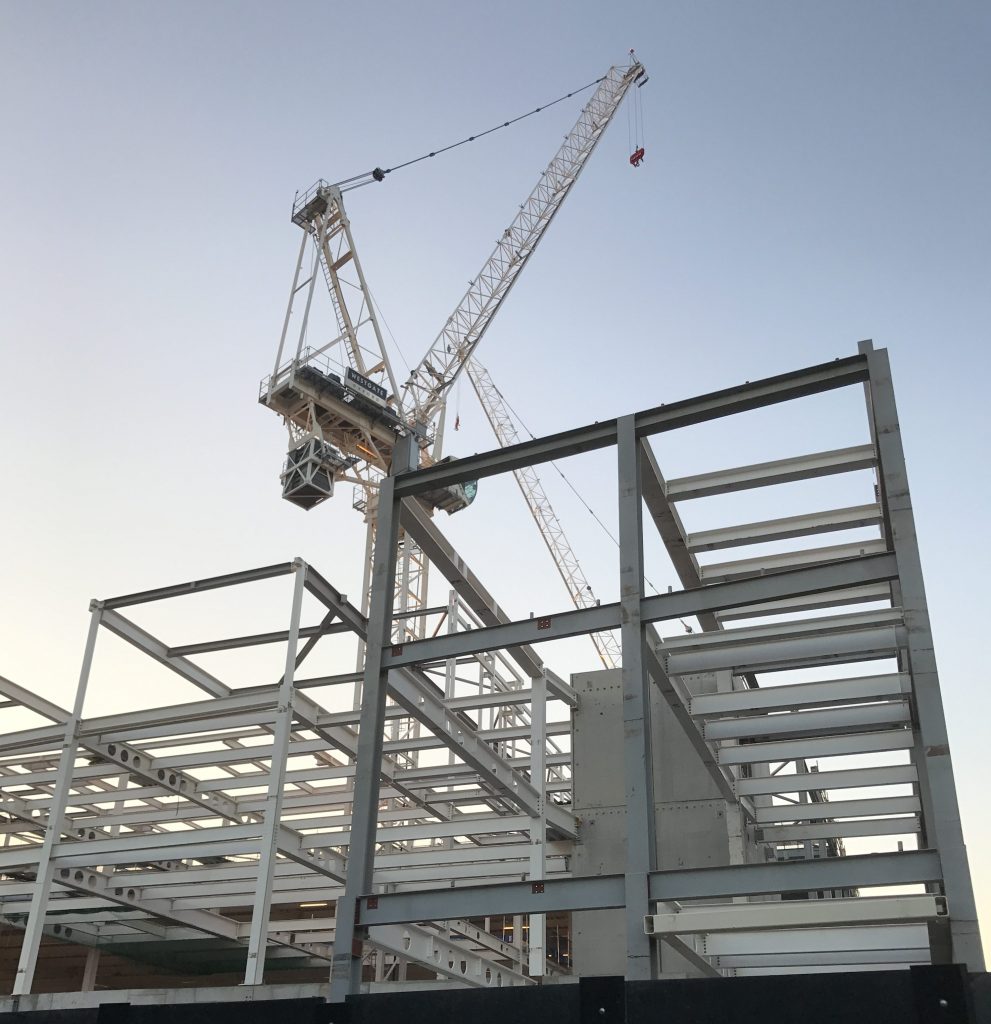Facility information management (BS 8587)
Does your organisation find that it has plenty of data on some buildings and too little on others? Are you sure that you know what information you should have to operate your facilities safely, correctly, efficiently and effectively? If you are in any doubt, you need to take a close look at BS 8587 Guide to facility information management. This standard addresses a fundamental concern: how do we get on top of information and not let it get on top of us?
A standard for improving efficiency
One of the difficulties facing owners, tenants and facility managers is in knowing what information and data are necessary to deal with a raft of legislation, financial obligations, commercial requirements, technical issues and management demands. In the worst situation, it might be a case of not knowing what you don’t know, with the potential to be unintentionally exposed to all manner of risks and hazards. Yet, what could be lacking is little more than a structure to help identify the information and data necessary to manage your facilities in an environment that is becoming ever more challenging.

The standard deals comprehensively with the extent and form of information and data required to manage a facility. It considers information processes, sources of data and the types of information that should be managed in order to satisfy a wide range of interests and requirements. Facility information management (FIM) is a set of principles, guidance and recommendations that can be applied to large and small-scale facilities and operations alike. In other words, it is scalable. It applies equally to paper-based and digital information and data, and any mix of the two.
In drafting the standard, account was taken of existing structures and methods for defining and presenting various types of information and data relating to ownership, operation and maintenance of facilities. The standard steers clear of defining a classification of its own since to do so would be to impose a structure into which everything should fit irrespective of the organisation’s business and the nature of its facilities. In its place, the standard provides owners, tenants and facility managers with what they need to define a structure that will serve their needs first and foremost.
Facility Handbook
The core concept in FIM is the creation and maintenance of a Facility Handbook that manages information and data about a facility with the emphasis on keeping everything up to date. FIM does not prescribe a particular approach, but instead helps an organisation understand what it should be doing and how. Detailed examples are given of the multitude of considerations that accompany the operation of facility assets, including responsibilities of various kinds. The Handbook should not, however, be thought of as a physical document limited by size and transportability. In cases where the facilities are modest and longstanding, a large binder might suffice. More likely is that much of the content of the Handbook will already be digital and integrated with the organisation’s business systems, including those supporting facilities management.
FIM anticipates the move towards digital models of buildings and other facilities and was, in fact, prepared under the watchful eye of experts working on the development of BIM (building information modelling) standards. Part of the rationale for producing the standard is that action is needed to help owners, tenants and facility managers manage information efficiently and effectively. The retrospective application of BIM to facilities will happen – it is just a matter of time – but the need to be more efficient and effective in managing information and data is a longstanding concern.
The Facility Handbook makes provision for sections covering legal, commercial, financial information, technical and managerial information. The standard spells out what should be considered under each of these headings. In common with other guides published by BSI, this standard contains both normative elements, where clear recommendations are made, and informative elements where explanation is offered to ensure that the meaning and significance of the recommendations are properly understood.
More than just a matter of IT
FIM is not a technology matter, albeit that IT supports it. A process for managing information has to be understood before technology is applied, otherwise problems are likely to compromise the outcome. Managers of information and data have a responsibility to ensure that everything is in a form that users require. This process should therefore be defined by the organisation if it is not already the case. Doing so, provides the backbone of the arrangements that will be needed to make the most efficient and effective use of information and data, and the resources that have to be spent in managing them.
Adopting the recommendations within BS 8587 Guide to facility information management will enable the organisation to maintain a clear and reliable account of its facility information and data. Furthermore, it can provide a baseline against which to implement change with confidence in the information and data to support it.
BS 8587:2012 is available from the BSI bookshop.
